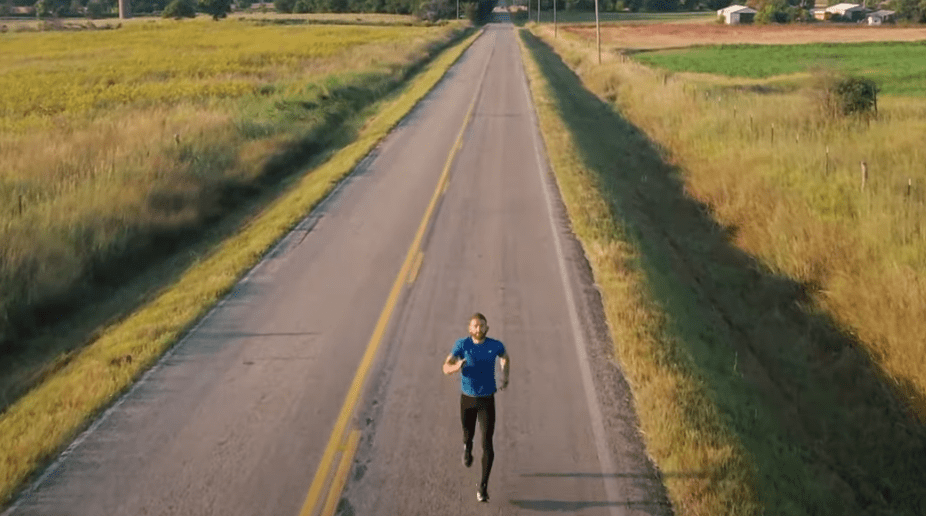Getting comfortable with RPE
How running by effort rather than pace may help you out of a performance rut

Many runners will take advantage of the January sales to upgrade their smartwatches. But some will spend more time analyzing their performance data and planning their next workouts than actually running. Using effort as a new measuring stick can help runners who would like to be less focused on the numbers. It’s also great for those who may be stuck in a rut with their training.

What is RPE?
Rate of Perceived Exertion (RPE) is a subjective way to measure the intensity of your workout. It’s about how difficult an exercise feels, based on the level of effort you are prepared to endure, and it allows runners to adapt each run by taking into account how factors like dehydration, fatigue and temperature affect you while running. On any given day, your usual recovery pace may feel like hard work, as you may not be recovered enough to keep up with your past runs. On other days, a tempo run may feel easy, and sticking to your planned pace may limit your performance. Using RPE can help you push yourself out of that comfortable zone.
RELATED: What is RPE and how can you use it in training?
RPE is also a great tool for those returning to running after a break. Picking up your old training plan and expecting to go back to your previous benchmarks can be hugely demotivating when you find that you can’t. Using RPE ensures that your focus is on improving your fitness, based on the only factor that matters: your current performance level.

How to get started
There are two ways to use RPE. The simpler one is to estimate your effort level on a scale of 1 to 10 (1 being easy and 10 being maximum effort). The Borg scale, which goes from 6 to 20, is slightly trickier. It offers the advantage of combining RPE with other metrics, since adding a 0 to your level of effort should provide a rough estimate of your heart rate. But effort is subjective, and knowing where you are on the scale takes a little more practice.
As a first step, Central Toronto Athletics Club (CTAC) head coach David Christiani recommends setting a benchmark by running a 3k time trial. This should establish your 8/10 (8 out of 10) effort and get you used to the feeling of a hard workout. This test should be repeated at regular monthly intervals, using a watch to track your progress.

Get running
Once your benchmark is set, try a classic mile-repeat workout, such as the one below, to get used to the different levels of exertion:
MILE 1: Use this as a warmup. Start with an effort level of 2/10.
MILE 2: Get up to 4/10. This should be your tempo pace.
MILE 3: Dial the intensity up to 6/10.
MILE 4: Cool down, going back to 2/10.
If you are new to running, replace miles with shorter distances (like kilometres), or even blocks of time (like five minutes).
It’s important to be patient when getting accustomed to using RPE. You may need an adjustment period. RPE can be used with other metrics, but the overall objective remains the same – it’s about getting your brain used to discomfort in order to keep progressing. This is especially relevant right now, as running outside remains the only option for many athletes. Focusing solely on how a workout feels can help you break through to the next level of your training.
Related: Why you should end your obsession with weekly mileage
This story originally appeared in the January/February 2021 issue of Canadian Running
Annie Gélinas is a lifestyle copywriter and avid half-marathon runner who has covered events in Europe, North America and the Middle East.


